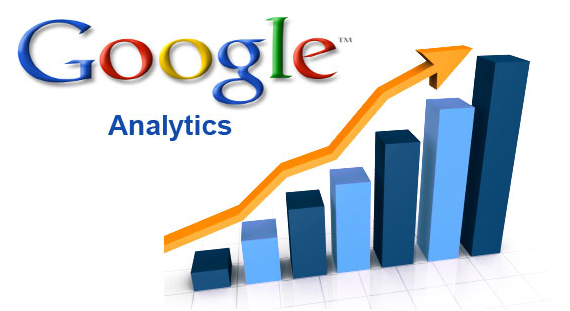
Google Analytics did not only confuse marketers in terms of the difference between strategies and channels — the platform also trapped our industry into focusing more and more on digital channels at the expense of offline ones.
Of course, GA can be a very useful tool. The basic version is free, so it is no wonder that countless tech startups use the platform. But it comes with a limitation: It can only track online channels. If someone, for example, runs a television advertisement, he will see zero information in Google Analytics on the results that he can attribute directly to the advertisement.
So, people now have a subconscious bias toward using online channels — just like everyone else in the tech world. In just one example from the Internet Advertising Bureau in the United Kingdom, spending on digital advertising there increased from roughly £500 million in 2003 to £7.2 billion in 2014.
The more we rely on Google Analytics, the more we will use strategies such as direct marketing over AdWords that are easily trackable in GA rather than strategies that are less trackable — as I will explain below.
A more cynical person might think that this has been Google’s intention all along. After all, the more time we spend online — especially over our commutes once our cars will drive themselves — the more money that the search engine makes.
But as Mitch Joel tweeted, prioritizing online channels often comes at a cost in terms of negative branding and marketing quality:
Direct marketing is the most annoying form of marketing over any channel. It’s the junk mail that people throw away. It’s the automated email spam that is now called “lead nurturing.” It’s the ads that interrupt you on social networks when you’re trying to connect with friends and family. It’s having the same advertisement follow you around the internet.
Creativity is what builds brands and sells products.
For all of the excitement over the rise of so-called marketing automation platforms, people should realize that all these platforms do is send and resend all of this direct-response material based on a predefined timetable and workflow. There is absolutely no creativity — and creativity is what builds brands and sells products.
People tolerate offline advertising and publicity campaigns — and they even fondly remember the few that are the most creative. But people hate online advertising — which is actually almost always direct marketing by another name — and increasingly rush to block it however possible.
The online advertising industry is committing slow suicide through the use of intrusive platforms that are so invasive that people are choosing to block ads altogether.

